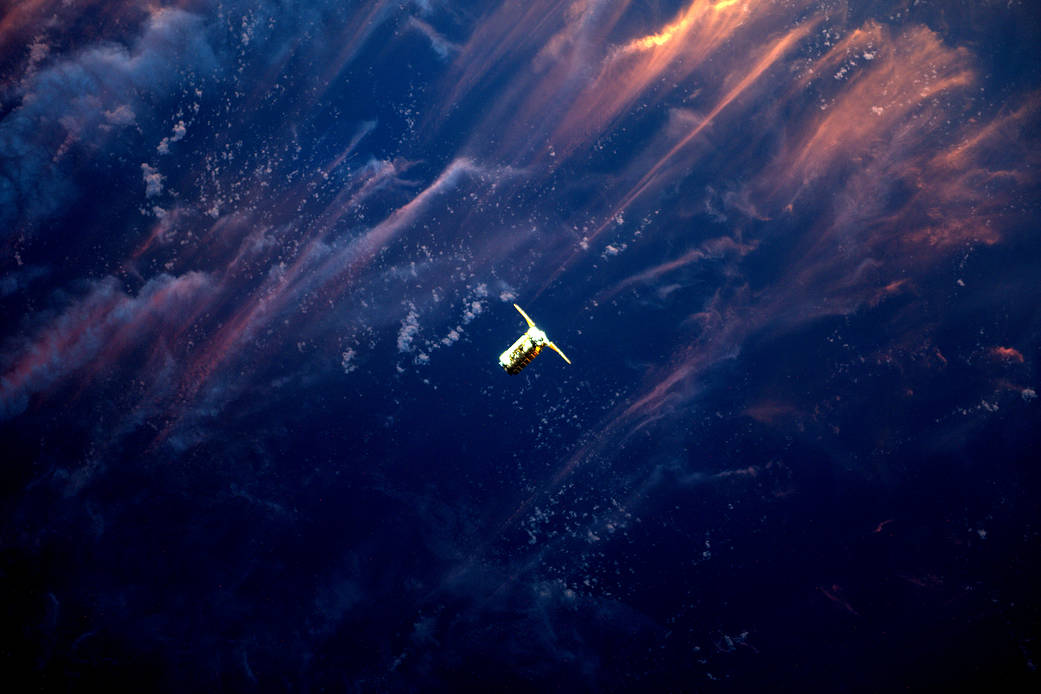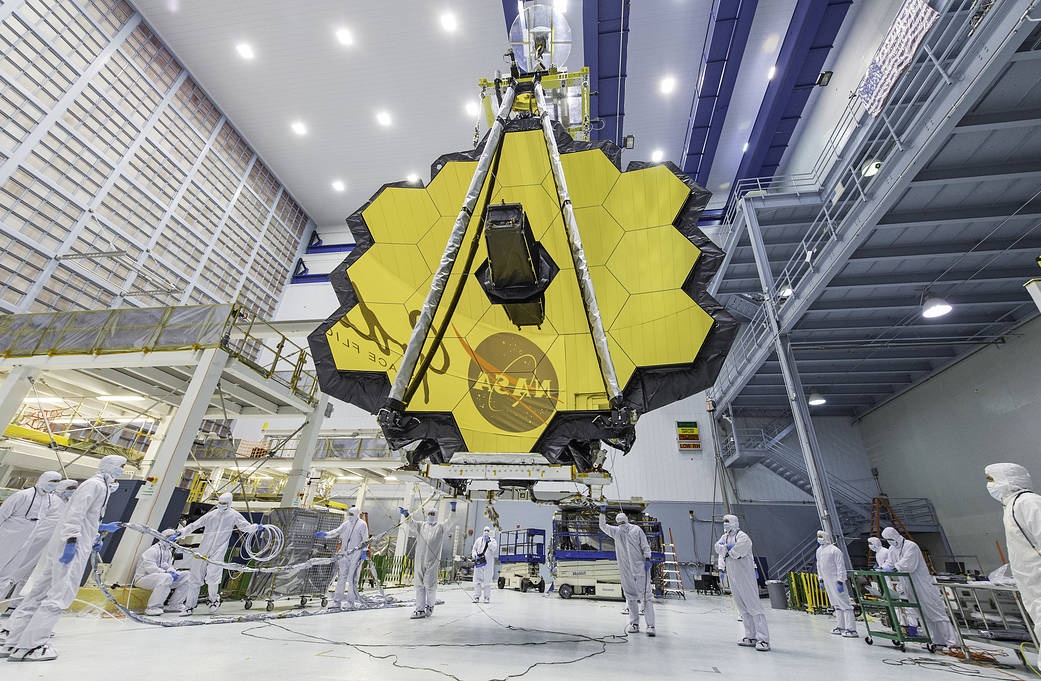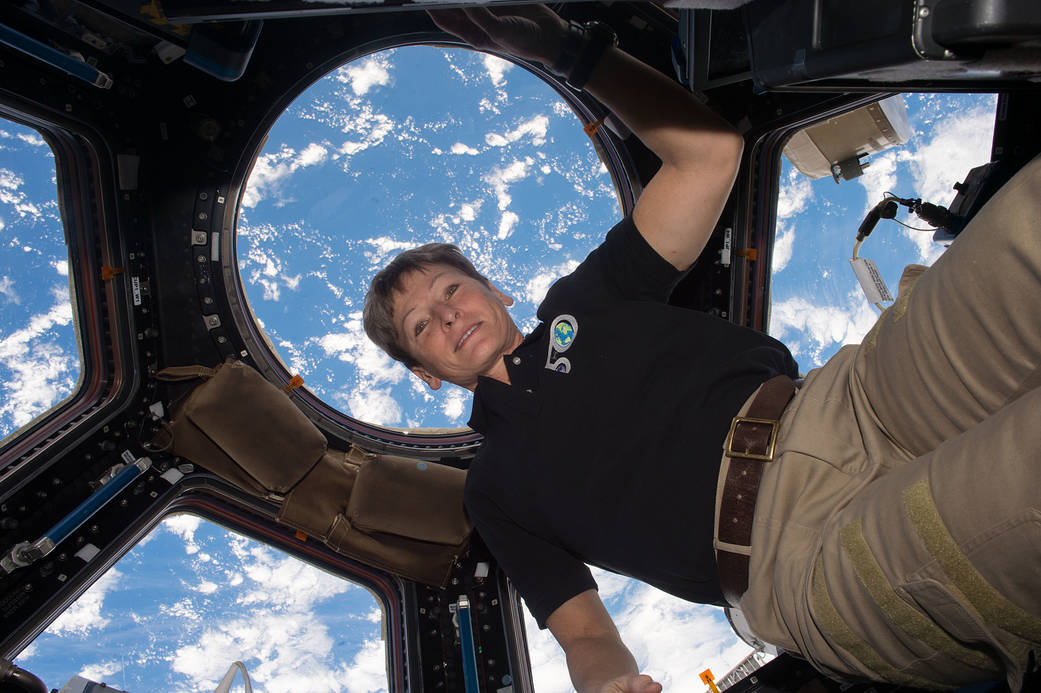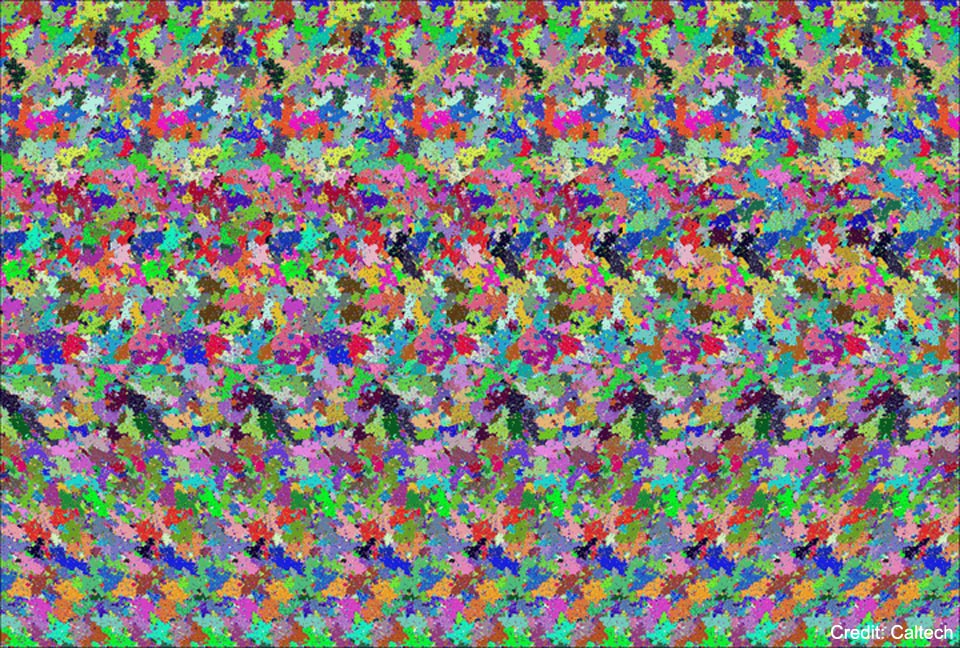As the Crew-2 mission departed the International Space Station aboard SpaceX Crew Dragon Endeavour, the crew snapped this image of the station during a flyaround of the orbiting lab that took place following undocking from the Harmony module’s space-facing port on Nov. 8, 2021.
NASA’s SpaceX Crew-2 mission was the second operational mission of the SpaceX Crew Dragon spacecraft and Falcon 9 rocket to the International Space Station as part of the agency’s Commercial Crew Program, which has worked with the U.S. aerospace industry to launch astronauts on American rockets and spacecraft from American soil to the space station.










